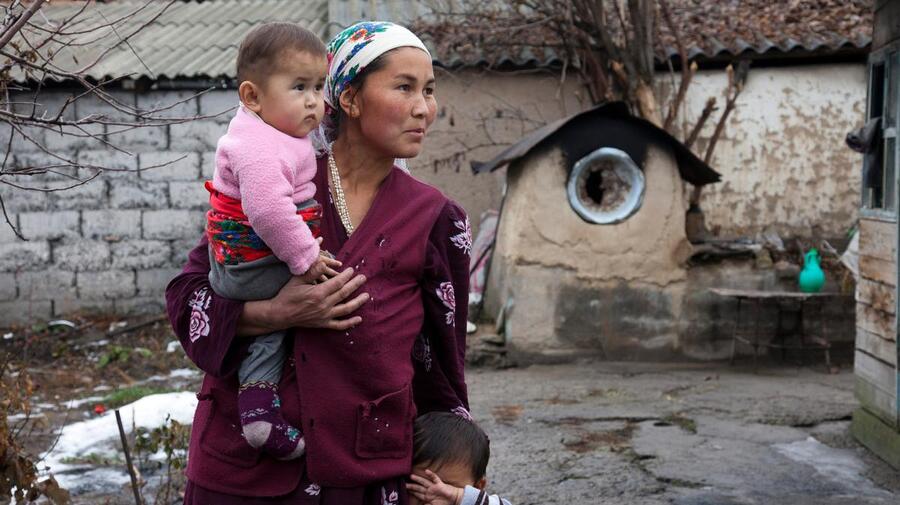Statelessness Around the World
Statelessness Around the World

The exact number of stateless people is not known, but UNHCR estimates that there are many millions globally – of which approximately one third are children.
Statelessness may occur for a variety of reasons, including discrimination against particular ethnic or religious groups or on the basis of gender; the emergence of new States and transfers between existing States; and conflict of nationality laws.
Statelessness is often the product of policies that aim to exclude people deemed to be outsiders, notwithstanding their deep ties to a particular country. For example, more than 600,000 people in Myanmar’s Rakhine state are stateless on the basis of the current citizenship law, which provides that only members of certain ethnic groups are eligible for citizenship.
In addition, because some 25 States around the world do not allow women to transfer nationality to their children, statelessness can occur where fathers are unknown, missing or deceased.
Areas that have experienced large-scale displacement have also been significantly affected by statelessness. In West Africa, the estimated stateless population in Côte d’Ivoire is 700,000, many of whom were migrants of Burkinabé descent who were not eligible for Ivorian nationality after the country’s independence from France in 1960.
Statelessness due to the dissolution of former states also continues to affect many people, including some 600,000 people in Europe alone.
There have been notable examples where, through political will, it has been possible to resolve large protracted situations of statelessness. For example, the case of some 300,000 Urdu-speakers (sometimes referred to as Biharis) was resolved in Bangladesh in 2008. Similarly, the situation of the Brasileirinhos Apatridás, stateless children born to Brazilian parents abroad who were unable to acquire Brazilian nationality unless they went back to live in Brazil, was resolved in 2007. Estonia and Latvia have also both recently taken steps to further facilitate the acquisition of citizenship by those born in Estonia and Latvia to non-citizen parents, which will help ensure that these situations are resolved over time.


